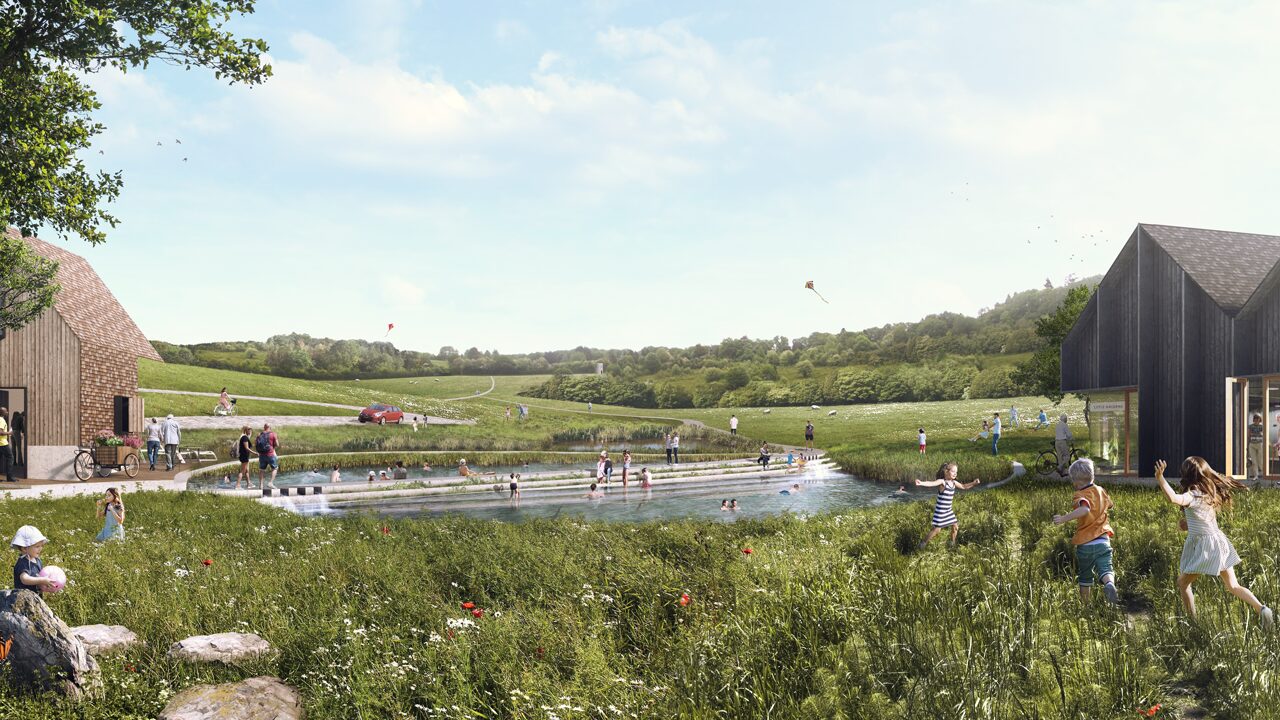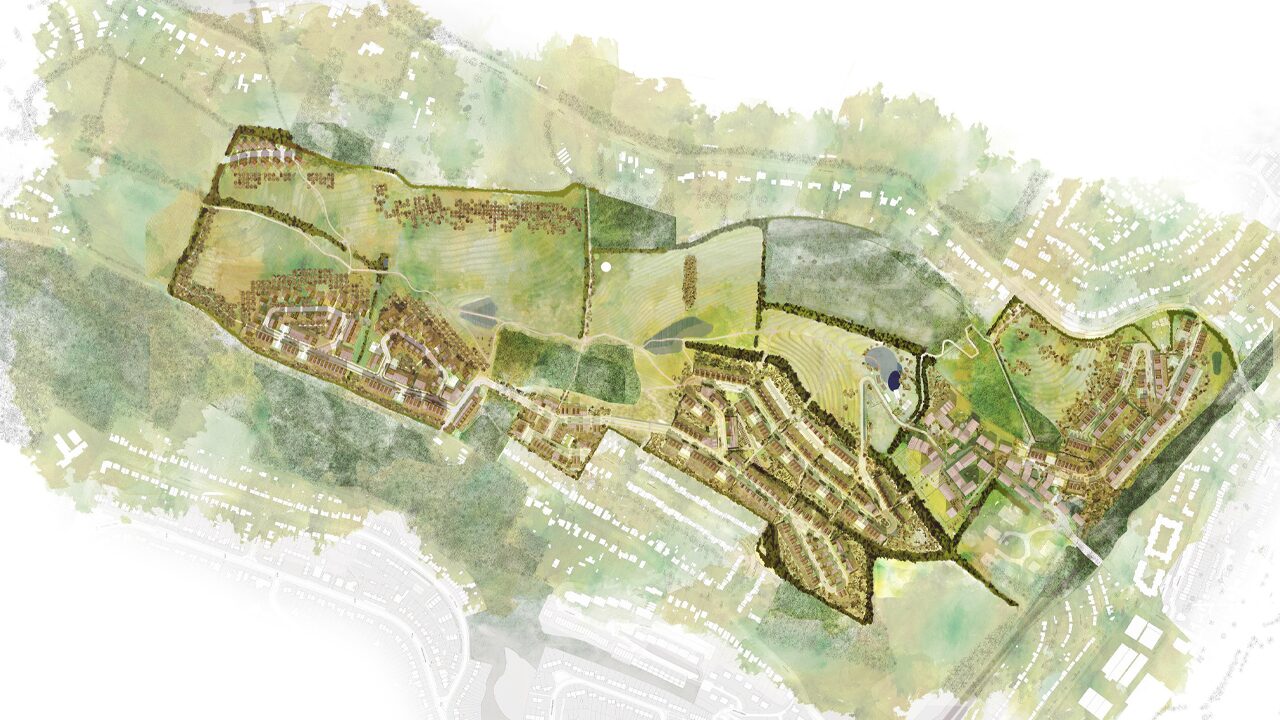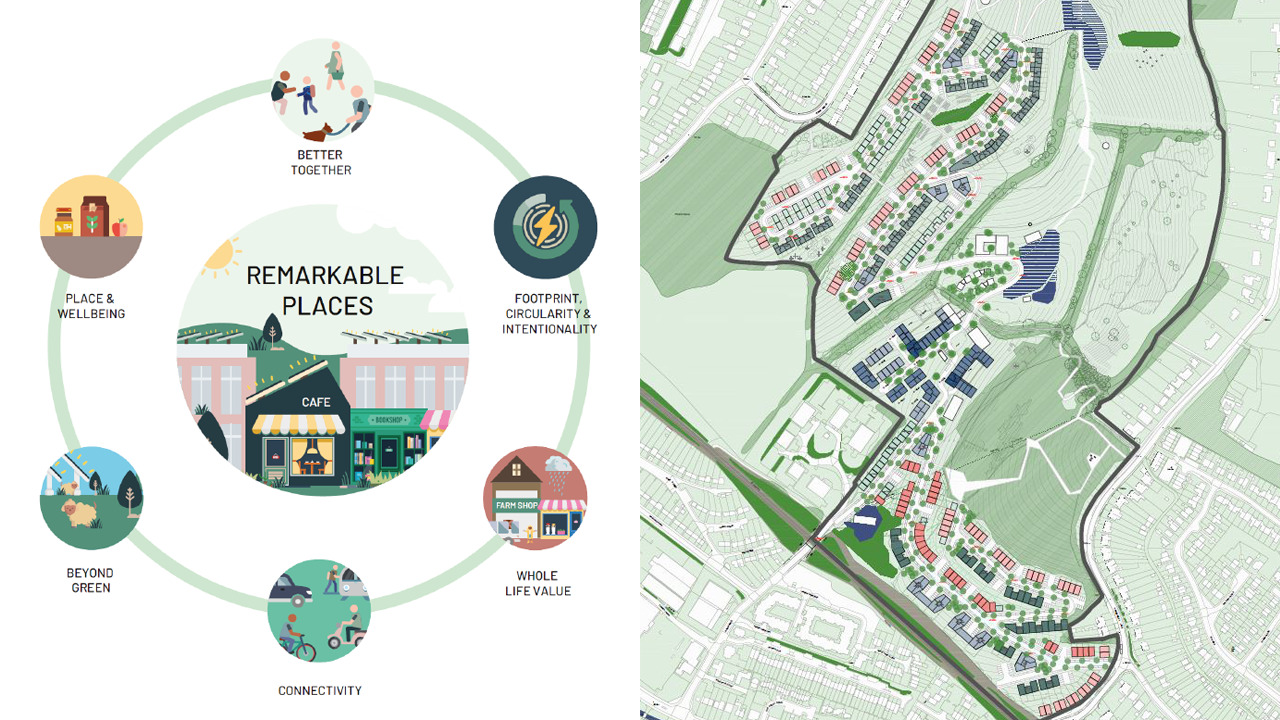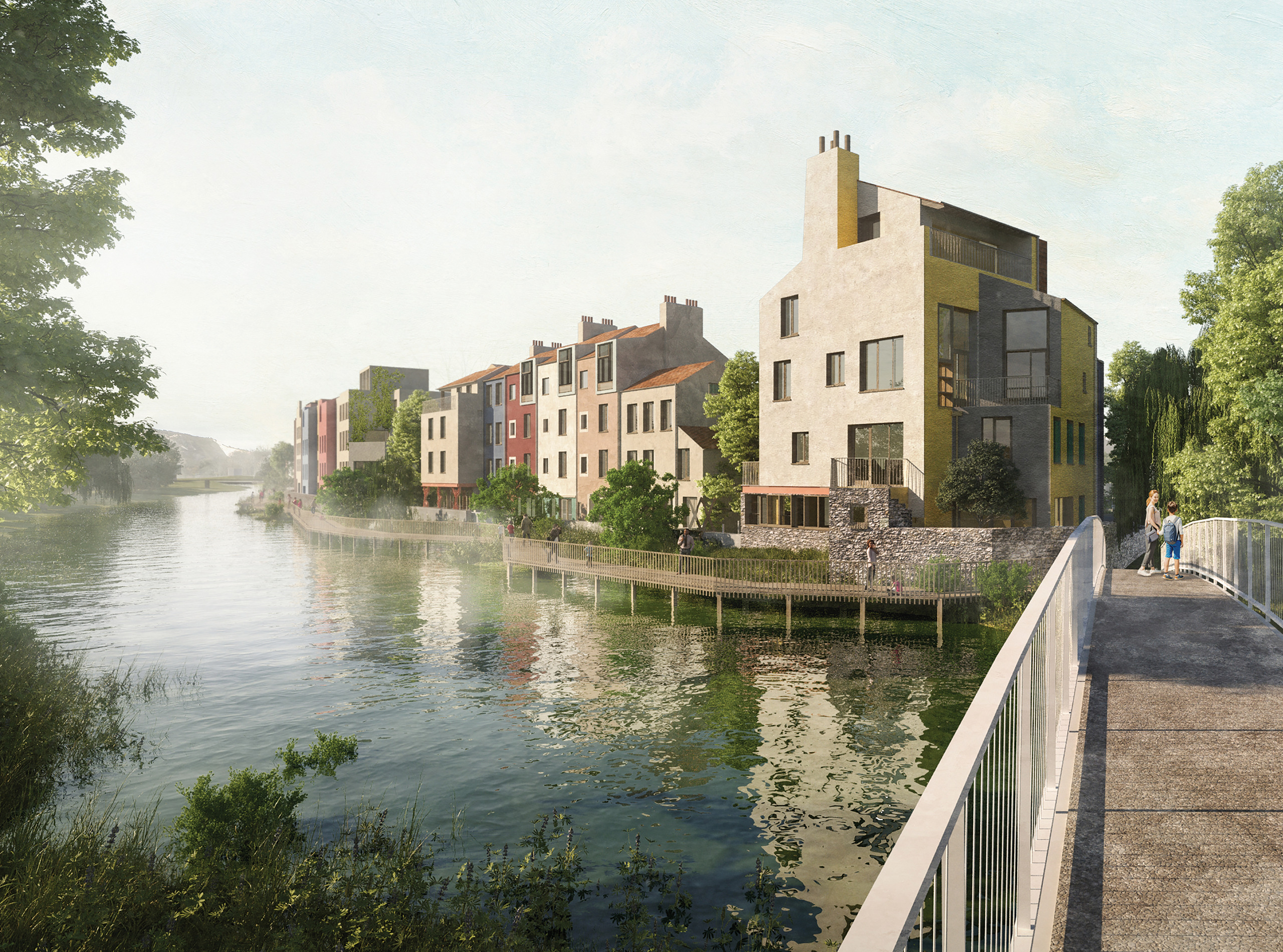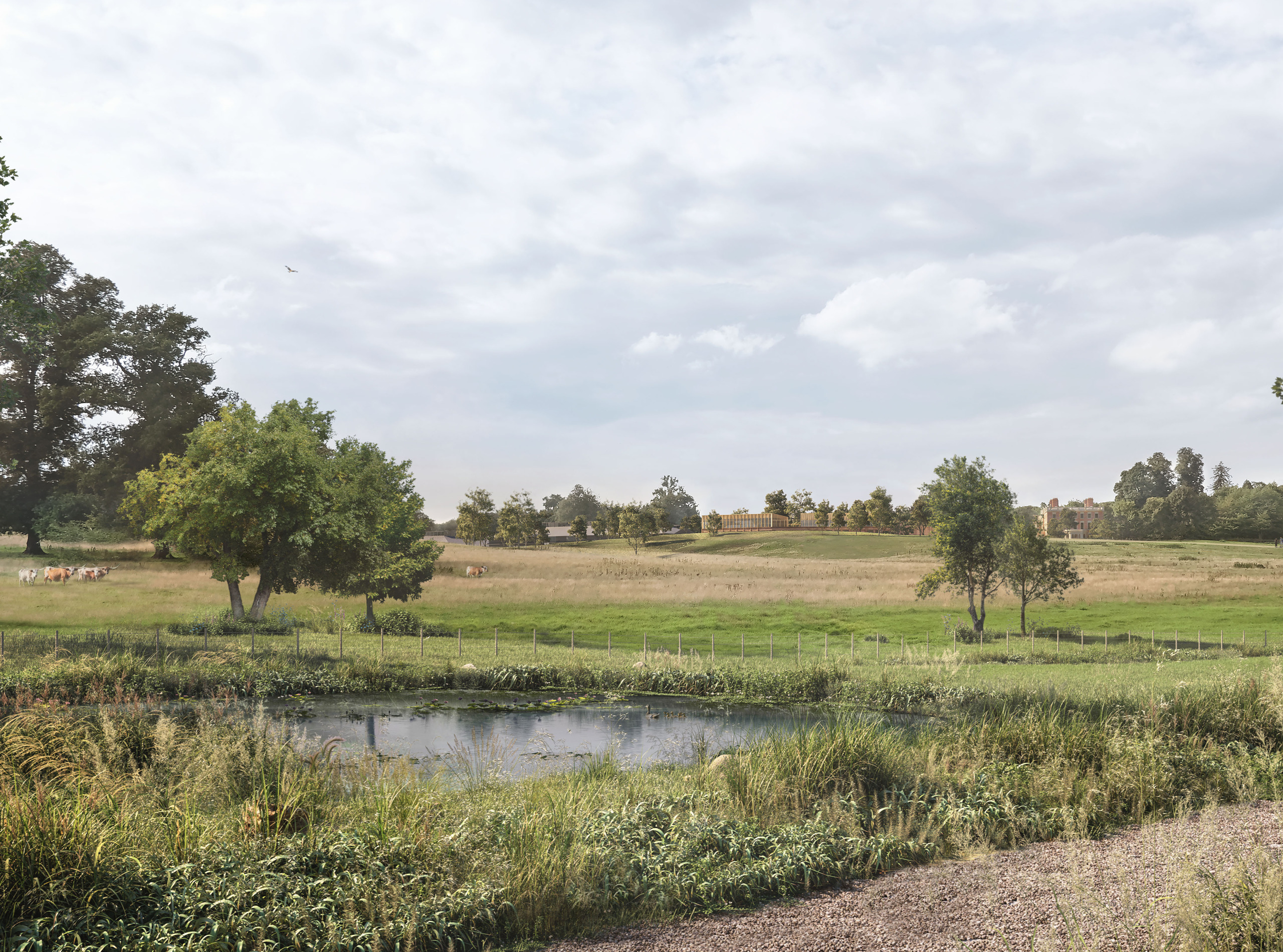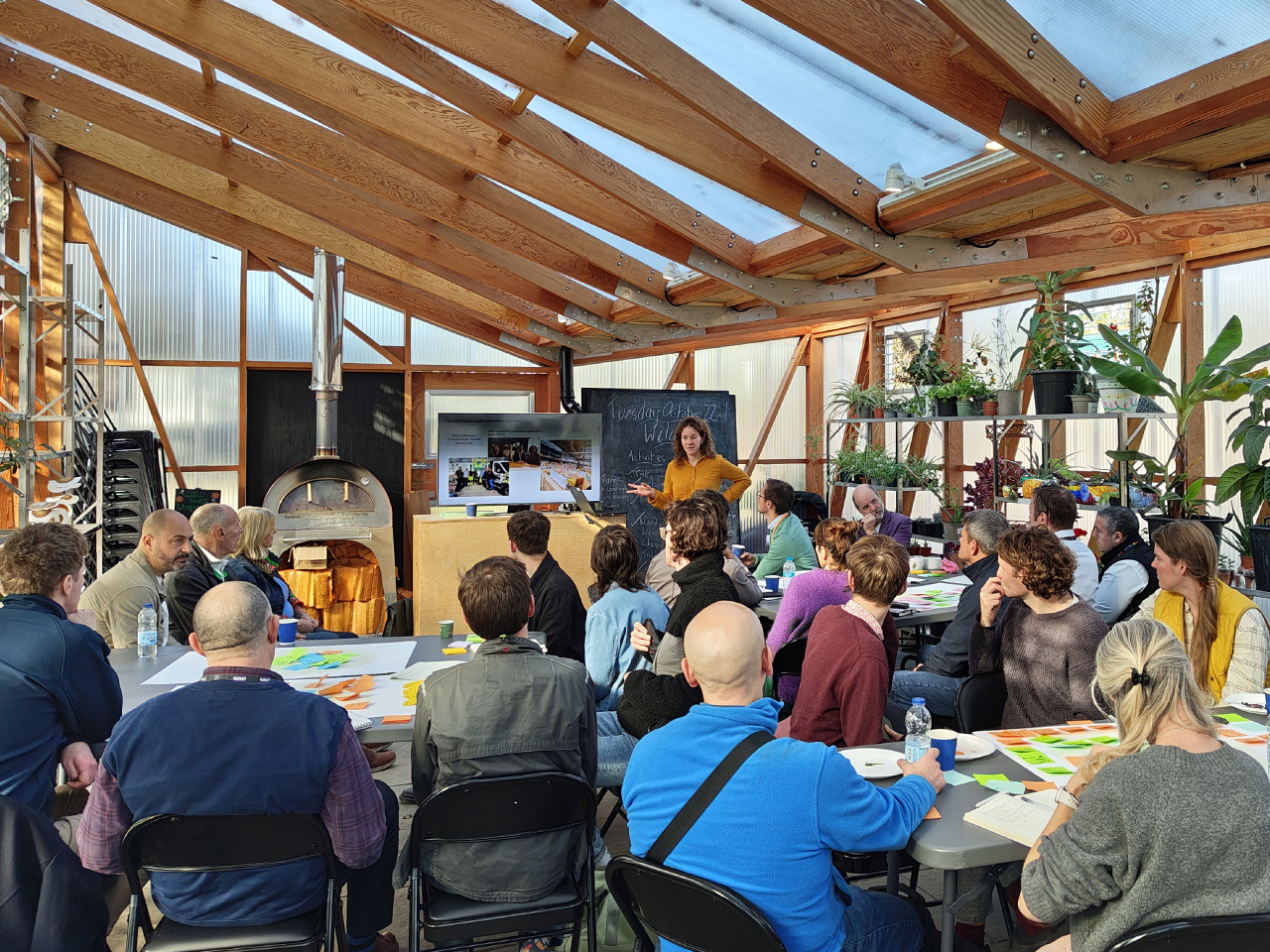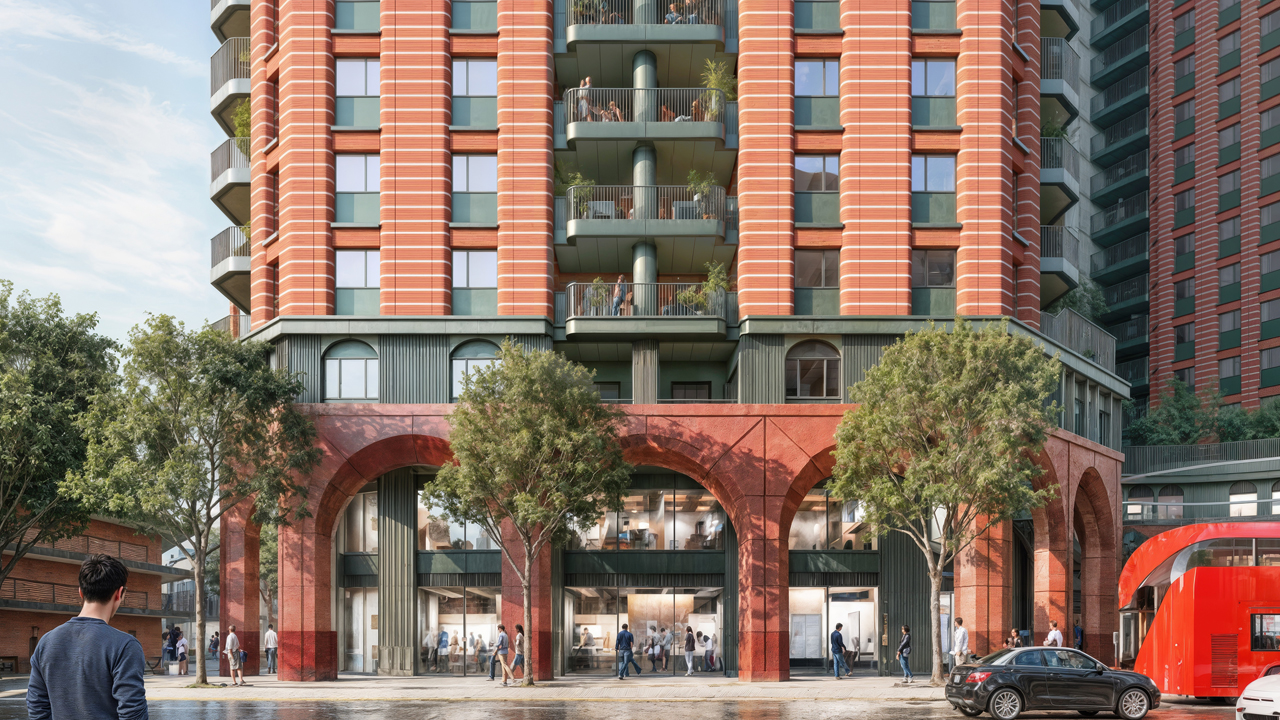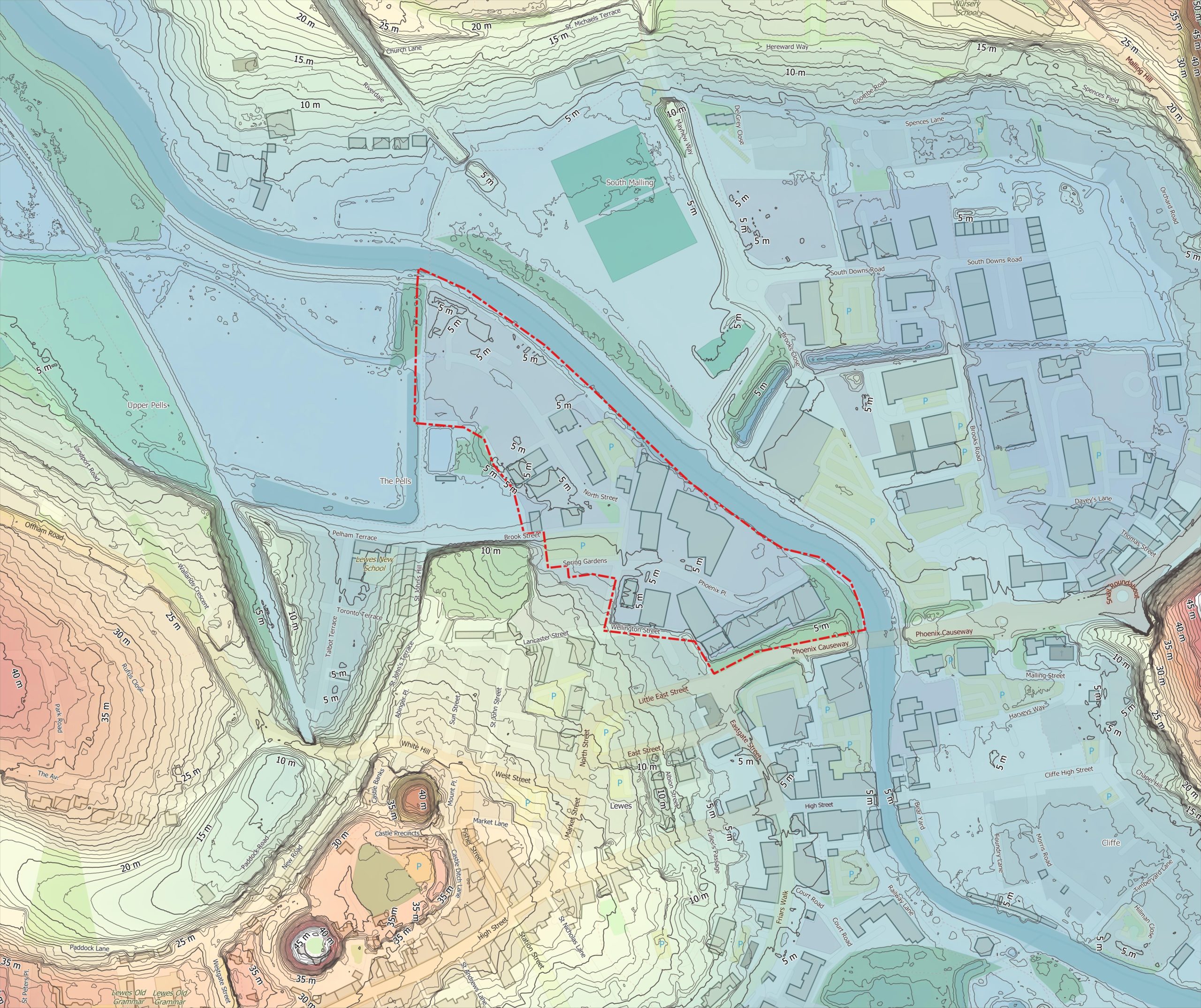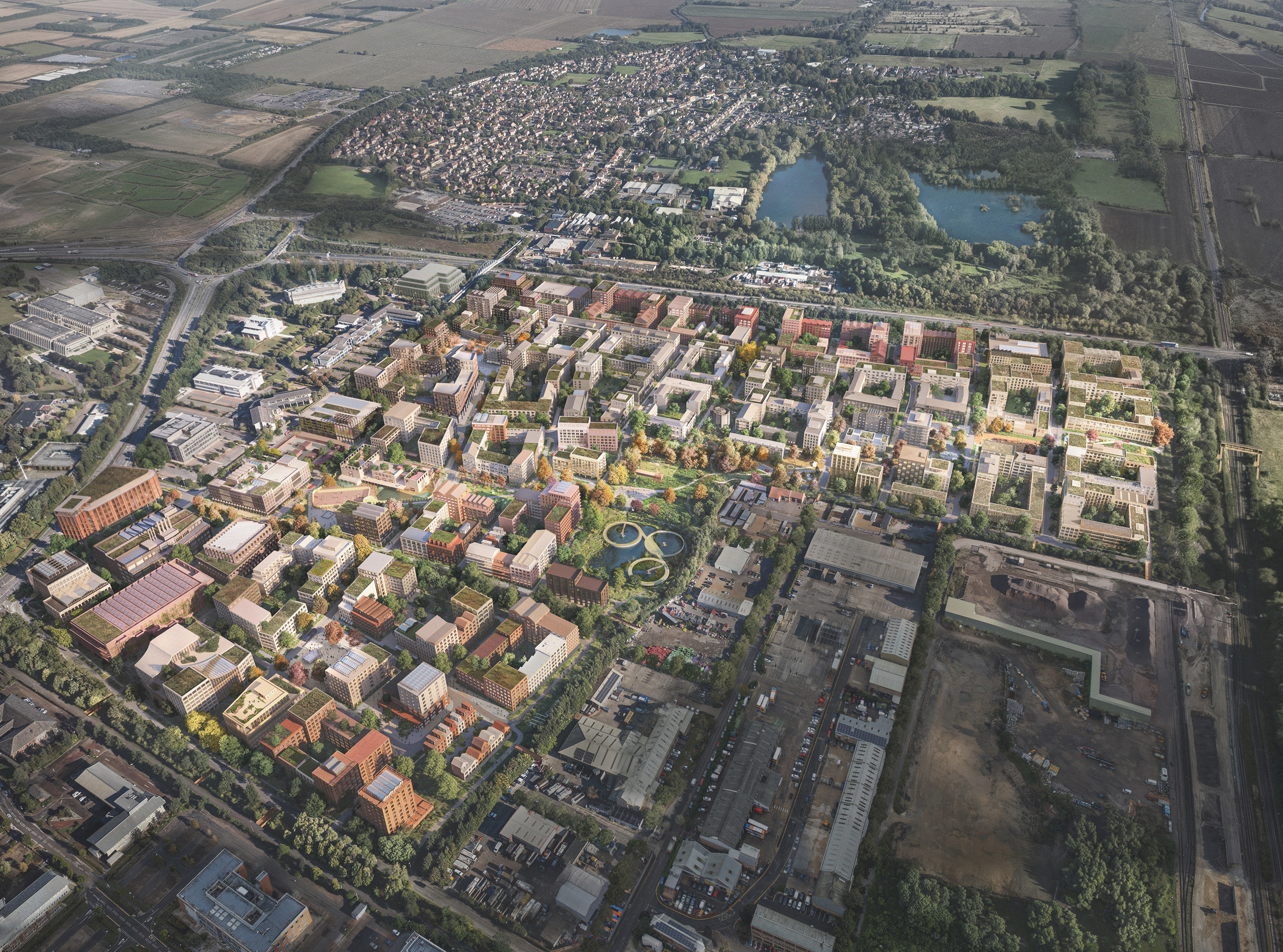Little Haldens
High Wycombe, Buckinghamshire
Expedition and our sister company, Useful Projects, worked with Human + Nature and Aviva Investors to develop the engineering proposals and sustainability vision for the masterplan of this residential-led, mixed-use development in Gomm Valley, Buckinghamshire.
The proposed ‘super-green extension’ aims to build 1,000 new homes, a 200-student school and nursery, commercial, retail, wellbeing, and amenity facilities set around an ‘Urban Village’ in the beautiful dry chalk valley in the Chiltern Hills.
Surrounded by ancient woodlands and lush hedgerows, Gomm Valley is classified as a Site of Special Scientific Interest and is a popular leisure destination for residents. Our brief required careful consideration around the potential visual and ecological impact on the much-loved landscape.
Spanning three smaller villages connected by a sinuous country road, Little Haldens is an exemplary neighbourhood that addresses all aspects of social, environmental, and economic sustainability. In collaboration with the client and design team, we set the project’s overarching Sustainability Vision, underpinned by a suite of objectives and ambitious targets, and backed up by solid strategies for achieving them. These were worked up to full planning application stage.
The Energy Strategy focussed on providing high levels of energy efficiency via passive design measures, including careful specification of materials to support enhanced fabric performance, use of thermal mass and natural ventilation, and active measures such as wastewater and air heat recovery.
We reviewed the feasibility of a range of low carbon renewable energy options including photovoltaic panels, ground and air source heat pumps, battery storage, and wind turbines to identify the most appropriate options for heating the neighbourhood.
Management of drainage flows and their integration within the Valley ecosystem was a particular focus in our Water Strategy, leading to proposals for small-scale interventions and expressed drainage features. These included a series of cascading ponds, one of which was a swimming lake, and systems diverting water for irrigation of allotments and orchard gardens, further to supplying fisheries.
The Valley’s topography meant construction platforms had to be optimised by balancing cut and fill, while remaining sensitive to the chalk habitats and exploiting drainage features to enhance the ecological value of the site. Within our Waste Strategy, we proposed a system that retained the highest value materials and included on-site management of organic waste to support food production.
Testimonial
Key People
“Little Haldens is much more than a housing development. It is a place that is designed to host and grow an active community, connect it to existing communities and by working together and with the services and facilities provided, support well-being and more environmentally sustainable ways of living as the natural lifestyle of choice”.
Jonathan Smales
Human + Nature
